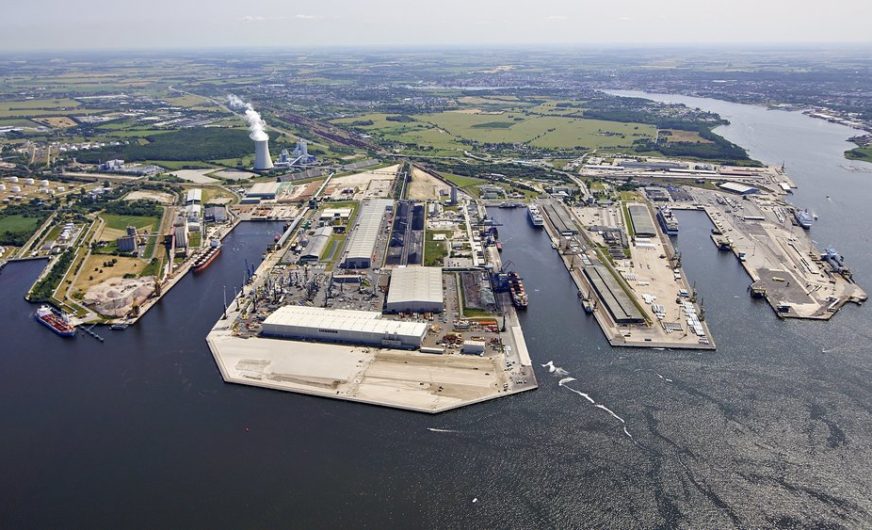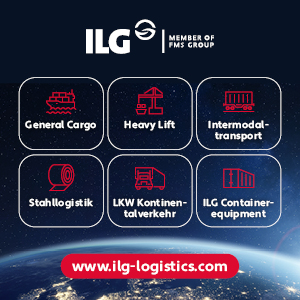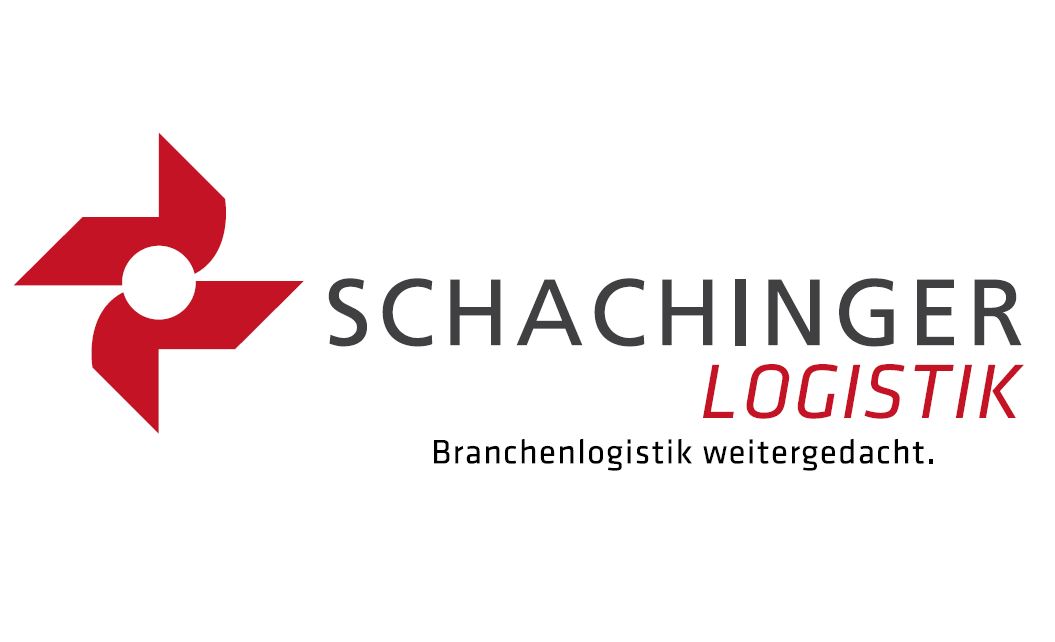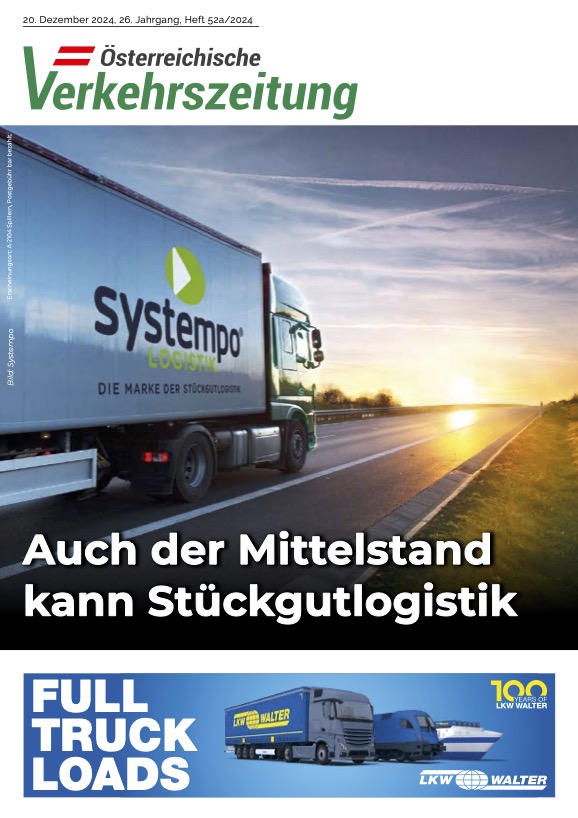Since January 2019, the 170-meter berth no. 50 has been rebuilt in the overseas port of Rostock. To enable the quai in port basin A to handle RoRo ships with a length of up to 250 meters in length at the adjacent moorings 51 and 41, it will receive a combined sheet piling as an embankment by the end of the year and will be equipped with two RoRo ramps.
950 tonnes of sheet piling steel and 1100 cubic meters of reinforced concrete are processed for this purpose. A surface of 2,900 m² will be paved. The new sheet pile wall is rammed about three meters in front of the old embankment, the two 37-meter wide RoRo ramps will be on both the west and on the east side of berth 50. To ensure a continuous water depth of 10.30 meters at the quay, a dredging of about 2,300 m³ harbor sediments is necessary to complete the construction project.
“Rostock’s overseas port is one of our gateway to the world, an important hub in the international freight and passenger traffic and one of the most important industrial, logistics and commercial locations in Mecklenburg-Vorpommern. That is why we have laid down in our state development program to expand it as needed. This includes the new berth 50, which we are supporting with just under EUR 6 million,” says State Infrastructure Minister Christian Pegel.
“The overseas port is undoubtedly the economic heart of our city. And it is also a major driver of growth and employment in Mecklenburg-Vorpommern. To ensure it stays like this, the port must also meet the latest standards in the long term and offer versatile services as far as possible. In this respect, investments in the port of Rostock are always investments for the future of our entire country,” adds Chris Müller-von Wrycz Rekowski, 1st Deputy Mayor of the Hanseatic and University City of Rostock.
On the one hand, this measure increases the flexibility of the port with regards to supply. “In addition, this allows customers to operate a ship in parallel, both vertically, classically with cranes, and horizontally, with rolling cargo,” says Gernot Tesch, Managing Director of Rostock Port GmbH.












